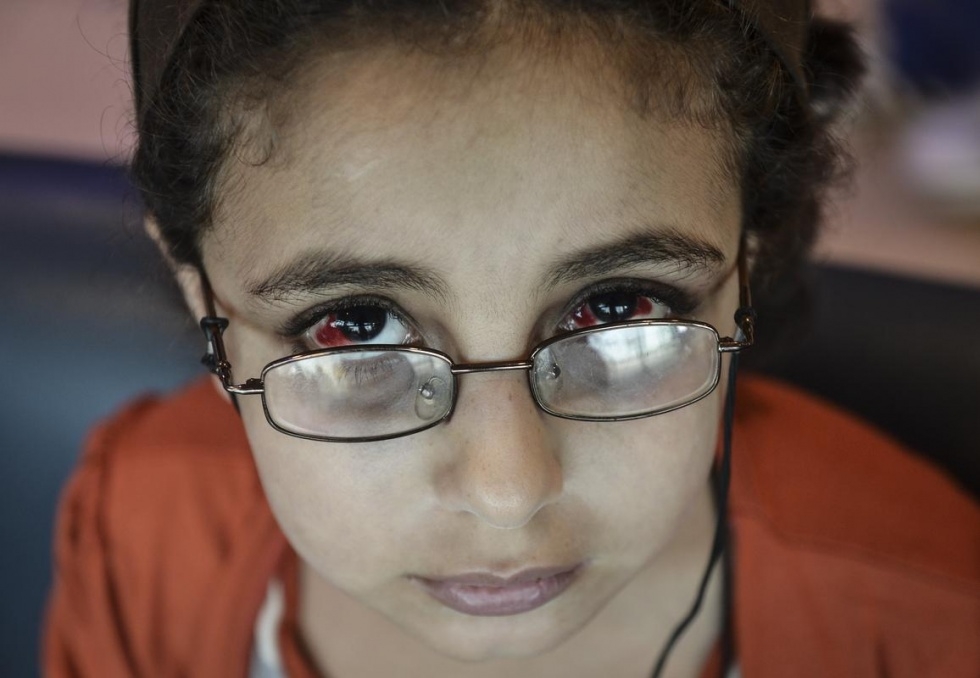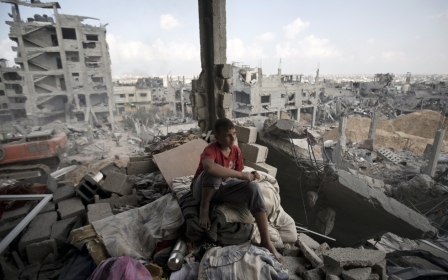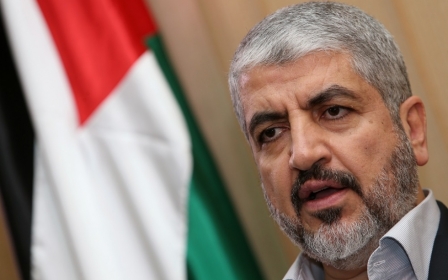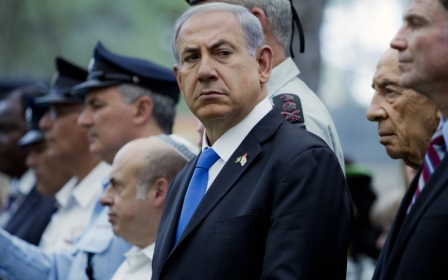Social media: The weapon of choice in the Gaza-Israel conflict

When 16-year old Palestinian, Farah Baker began tweeting about the bombs falling around her, she could never have guessed that she would rise to such prominence. But in the space of just a few weeks, her followers on Twitter jumped from 800 to 207,000 with people hungry for a first-hand, personal account of what was transpiring in Gaza. Baker is just one of the few Palestinians turning to social media platforms such as Facebook and Twitter to share photos of the destruction in the Gaza Strip, disseminate information, updates, and posts.
Even when the power was out, citizen journalists managed to post pictures of dead bodies, destroyed neighbourhoods and injured people to the outside world. Photography has always been a powerful force, but the Gaza conflict was one of the first wars to be photographed mainly by amateurs and social media platforms, allowing those images to spread far and wide at the click of a button, helping the people of Gaza win hearts and minds, and subsequently causing unprecedented outrage against Israel. In demonstrations around the world, such photos were enlarged and carried by demonstrators, demanding that their respective governments take action to halt Israel’s onslaught.
“I noticed that most of the Western media supports Israel, so also some people abroad believe that we Palestinians are the murderers and that it is us who started the attacks on Israel. This is not right. I felt I had to do something to help Gaza. I used Twitter as a weapon to share what exactly happen in Gaza by posting links of recorded clips of bombs, photos of the smoke to make people who follow me feel as if they are living in Gaza. to let them know we are the victims.” Farah Baker said.
No doubt reporting in a war zone like Gaza is risky, even if you take all required precautions. Of the 2016 Palestinians killed in the current Israeli assault, 14 were journalists, including a foreign reporter who worked for local and international media outlets. Simultaneously, a number of buildings housing media offices and outlets were attacked.
Israel is ranked 96th in the world on the “Press Freedom Index” - a report compiled by Reporters without Borders - because of the Israeli military's targeting of Palestinian journalists in the occupied Palestinian territory. This ranking was published before the start of Israel’s 3rd war on Gaza, called “Operation Protective Edge.”
“Since the start of the Gaza blockade in 2006, a new generation of Palestinians have come to prominence in Gaza. Articulating their message in fluent English through blogs and Twitter, they conveyed their message to the world as a means to break their isolation, not only from the outside world but also from the rest of the occupied territories in the West Bank and the capital of East Jerusalem,” said Abed al-Nasser Abu Oun, a TV correspondent and radio presenter at a local radio station.
As the war progressed, it was an online battle of narratives - between heavily funded Israeli state media outlets, represented by Israeli spokespersons of the Israeli government and the army with decades of experience - versus Palestinian citizen journalists who only had their own laptops, smartphones and cameras.
Some citizen journalists from Gaza argue that they were even able to win the cyber-war, and reach the public in the West by repackaging, commenting on, and distributing content in innovative ways, tweeting updates a lot faster than other media outlets.
“Most of the Western corporations and outlets are biased in favour of Israel, so they totally mislead people by fabricating news, showing Palestinians’ destroyed homes as Israeli ones. This attitude sparked uproar and disgust toward those news channels - namely Fox News. Alternatively, Palestinian activists firmly focus in revealing the reality through social media tools,” said Maram Humaid, social media activist.
The use of social media also forged connections with international media organizations, who contacted Gaza residents and citizen journalists with questions and interview requests.
Twitter became a platform for tens of thousands of regular people who have an opinion to share, for those who wish to challenge someone else's point of view, or those who simply want to share updates and their own personal feelings on the human cost of Israel’s war. Many of these messages can be viewed under the hashtags #GazaUnderAttack and #PrayforGaza.
“Many people - young and old alike - are using social media to report on their immediate circumstances in ways that the mainstream media cannot. We see this shifting coverage and understanding of events from Gaza to Ferguson. In both places, tweets from local residents have offered immediate news to those watching from elsewhere. In some cases, citizen journalists have greatly challenged the narratives of more established sources,” said Joe Catron, an American pro-Palestine activist in Gaza.
Citizen journalists can publish their own work, analysis and breaking news in a free, un-censored and un-filtered way, unlike professional reporters of the mainstream media who have to stick to their corporations' editorial policy and guidelines.
One of the motivating factors that drive more citizen journalists to volunteer dismantling information is due to what they said about the unfair media coverage of the Palestinian narrative.
“The rise of the internet has helped to reconstruct the fragmentation of Palestine, as it is a way for Palestinians to reconnect and break their isolation. I think the effect of the social media boom among young Palestinian social media activists somehow succeeded in changing public perception of the Palestinian in the West,” said Majed Shuplaq, a Palestinian journalist.
Citizen journalism from Palestine is especially valuable for those who are looking for information which has not been filtered through a Western agenda. Social media has definitely weakened the Israeli narrative, as Palestinians are able to connect directly with overseas audiences and tell the stories that they feel are important.
Hundreds of thousands of tweets exchanged reports, opinions, and challenges to mainstream news reports and to each other. There were of course, many other tags that hosted additional discussions. In hindsight, it seems that Twitter hosted the most open and democratic discussions, compared with other social media venues.
“Twitter is the fastest social media tool in disseminating information, so I found it suitable to publish my tweets about the situation in Gaza as attacks and developments happen around me. People from other countries always believe such reports coming from eyewitnesses, from people who live on the ground. Before the recent Israeli aggression on Gaza, I used to receive between 20-50 retweets on my Twitter account. But during the aggression, the number of retweets increased rapidly to reach over 1,000 retweets for each tweet I post. That has encouraged me to divide my tweets into three major categories: breaking news, full stories, and the massacre,” said Khaled Safi, blogger and social media activist.
Middle East Eye propose une couverture et une analyse indépendantes et incomparables du Moyen-Orient, de l’Afrique du Nord et d’autres régions du monde. Pour en savoir plus sur la reprise de ce contenu et les frais qui s’appliquent, veuillez remplir ce formulaire [en anglais]. Pour en savoir plus sur MEE, cliquez ici [en anglais].




